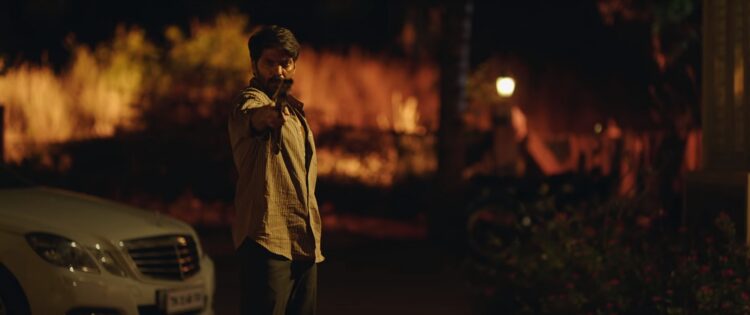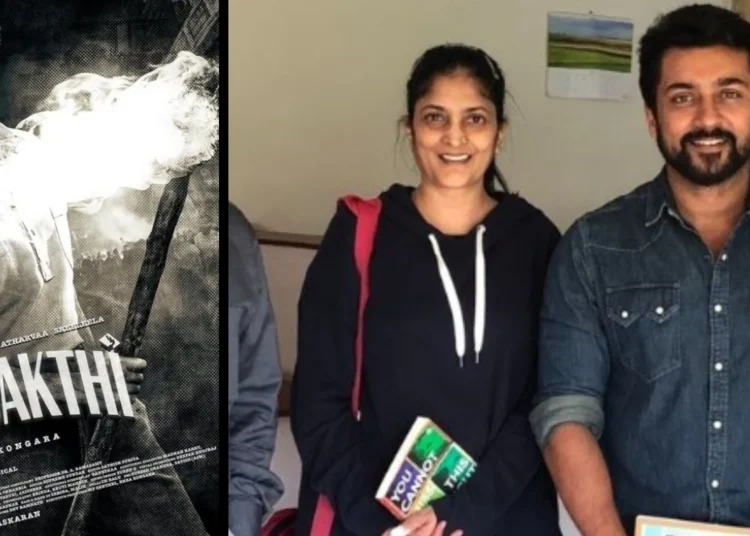Magamuni opens in a manner that announces Santhakumar — who has returned to the helm 8 years after he made his first feature, Mauna Ragam — as a director with vision and a sure pair of hands. We’re in a mental asylum. The colours are drained out and so is a lot of the sound. A single beam of light pierces the greyish texture — light that robes our lead character played by Arya. But this is more than just style. It creates intrigue and curiosity. How did the Arya character end up here, we naturally wonder. A psychiatrist reviews his case files and we’re transported back in time.
When we first meet Maga (Arya) he’s driving a cab on a sardined-packed road. A motorcycle that speeds by knocks down his side mirror, but Maga doesn’t scream or punch his steering wheel in anger. He’s disgruntled but mostly composed. We get the sense that he’s the type of guy that keeps everything bottled up inside, one who emotes inwardly rather than overtly. But the look he wears on his face — scruffy, tired and weathered down — suggests someone who’s seen things or knows things.
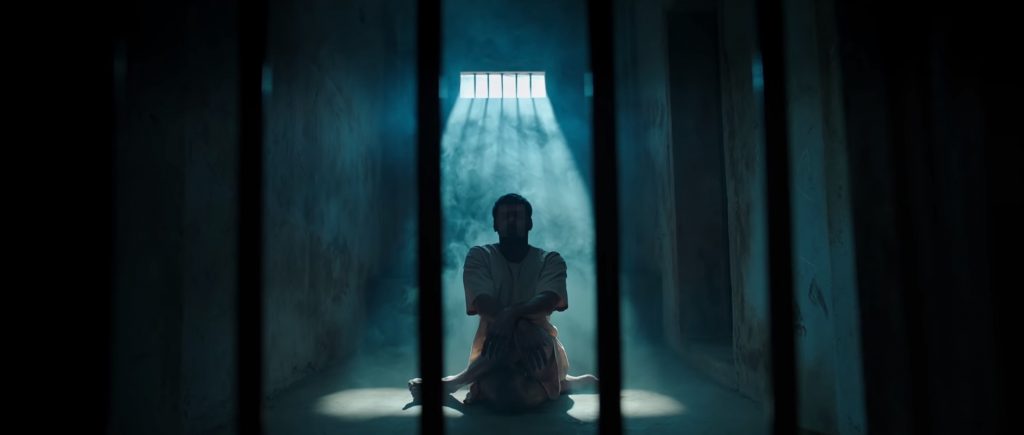
Santhakumar has a very interesting way of unravelling situations, one that keeps your gears spinning and eyes locked. Because we then cut to another character, elsewhere. We see a couple of politicians — the Jayaprakash and Ilavarasu characters — talking. Later, the Ilavarasu character has dinner with his wife while an opposing politician delivers a spiteful, defamatory speech about Ilavarasu and his wife, just down the street. When we see Maga again, he’s shaking like someone suffering from a terrible fever. Then, we see him at a doctor’s office. The camera slowly pans around and we see a knife sticking out of the back of his body. There’s an audible gasp from the audience. What had happened to Maga in those few minutes that we cut away? We only find out much later.
Santhakumar continues to build Maga as this mysterious character at a deliberately slow pace. At one point, Maga and his son sit at a bakery. There are some goons creating a ruckus outside. Maga tells his son that those are pretenders; a real gangster wouldn’t behave like a stray dog. Maga delivers these wonderfully written lines in such a self-assured manner that we begin to speculate if he’s secretly Baasha. Eventually, we learn that he’s a thug (who wants out) working for the minister whom we saw earlier.
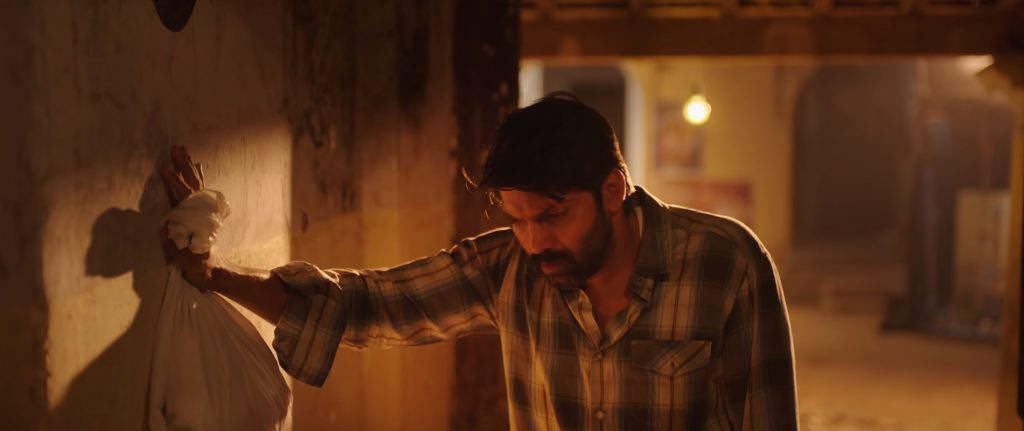
The intrigue surrounding Maga builds and builds and builds… and then the film transitions to Muni (also played by Arya), a cheery-looking, highly educated village guy. A religious man who spends his time practising yoga, reading books and teaching the neighbourhood kids. The pent-up tension, unfortunately, immediately releases. The transition itself — the camera zooms in on a photo of Maga. When it zooms out, we’re at another house, looking at another photo of Arya, this time clean-shaven, with vibhuti on his forehead — is as graceful as a ballerina spinning on her tippy toes. And for a while, we’re left to guess if we’re watching a flashback (is this Maga’s dad?), a different character of the same time period or an alter ego. In fact, Maga and Muni don’t intersect, only the characters surrounding them do. It’s such an interesting way to converge two separate stories — one told on a political backdrop, the other on caste-relations.
But even as someone who enjoys snail-paced films (i.e. Blade Runner 2049), the timing in which the film initially transitions from Maga to Muni, akin to blowing a balloon to the point of popping only to unceremoniously let the air out, made me restless. There are portions of Magamuni, like Muni’s budding “romantic” relationship with Deepa (Mahima Nambiar), that are a slog to get through. Thankfully, it builds to something legitimately compelling — the scene with a snake and a locked gate is brilliant and Mahima Nambiar is given the room to perform her heart out.
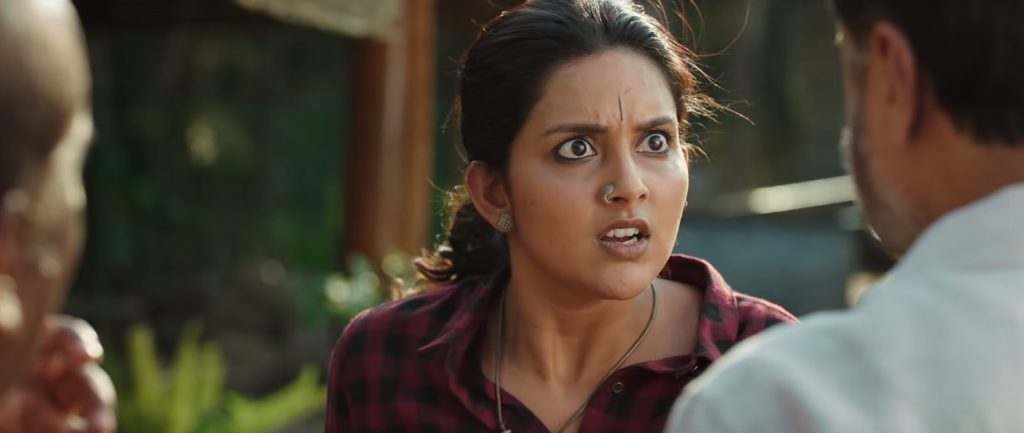
Later, Magamuni morphs into a delicious revenge-thriller that spells karma truly is a bitch! The third act is entertaining, with an action block far more engaging and heart-pounding that the OTT stuff you’ll find in a “mass” movie. Here and throughout the film, tensity is built not just through the writing but via camera movements (Arun Bathmanaban’s cinematography is both gorgeous and mood-setting). Santhakumar’s writing could use some tightening up, but his direction is almost stellar.
The biggest takeaway from Magamuni, though, is Arya, who delivers a restrained performance so gripping, I couldn’t take my eyes off him for a single second. Unlike the multiple Vijays in say, Mersal, here we don’t see two Aryas, rather two completely distinct individuals right down to their body languages, so much so that my lady (who isn’t too familiar with Tamil cinema or its stars) turned to me and asked “Wait… are the two characters played by the same actor?” Arya is phenomenal!

Follow us on Instagram, Facebook or Telegram for more updates and breaking news.


